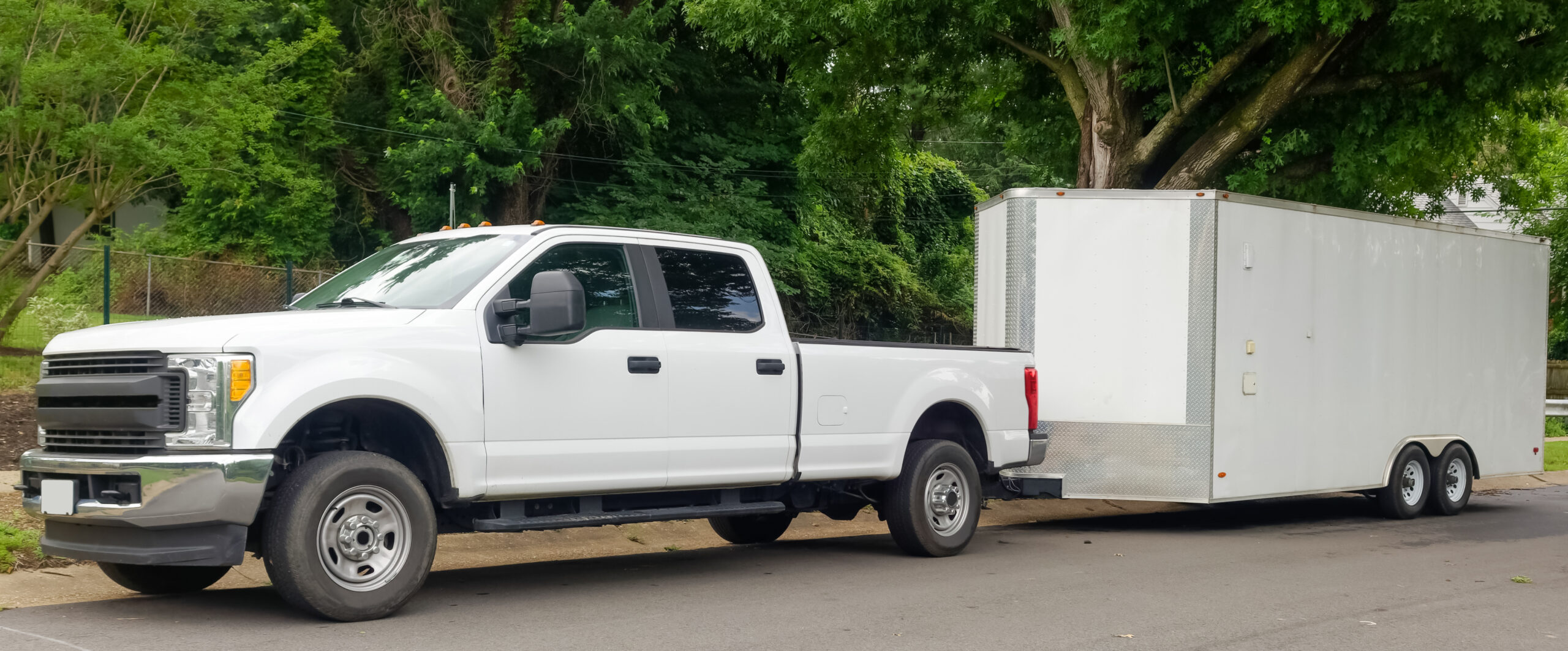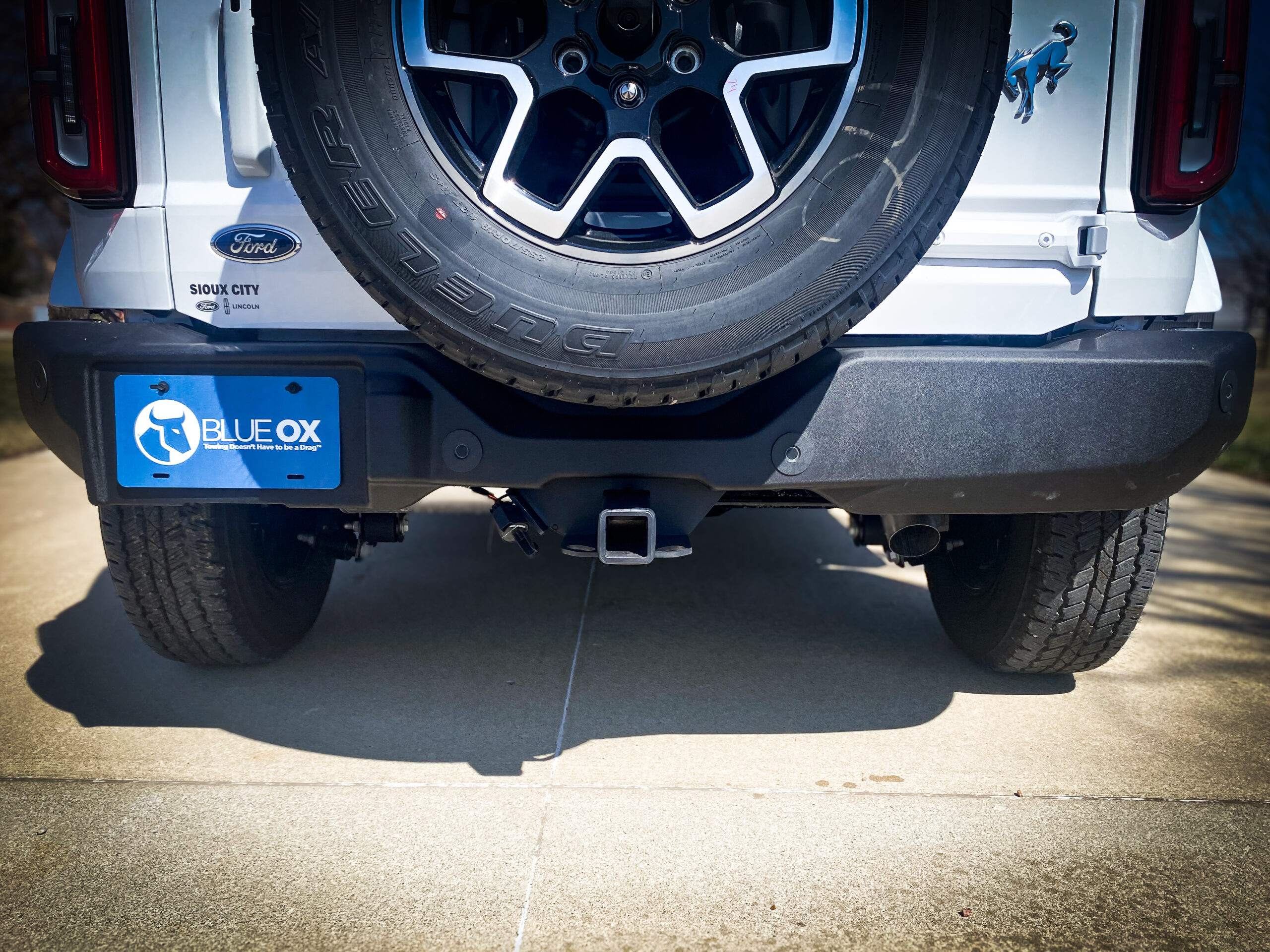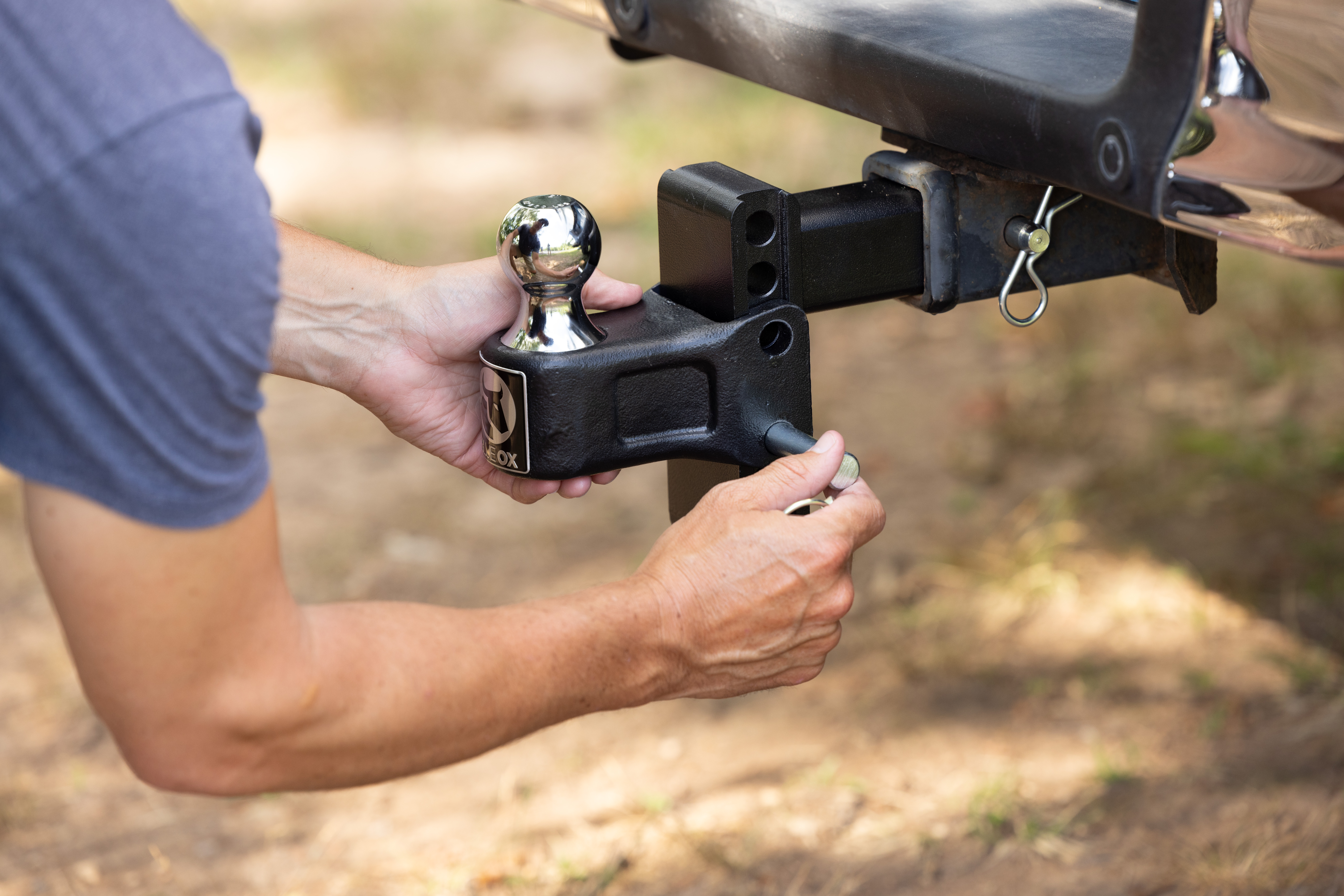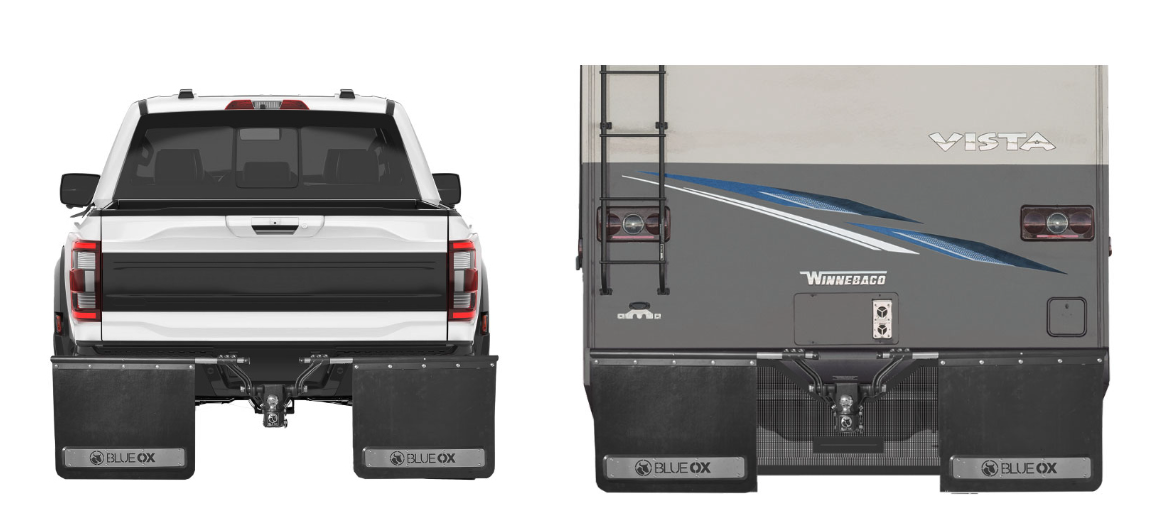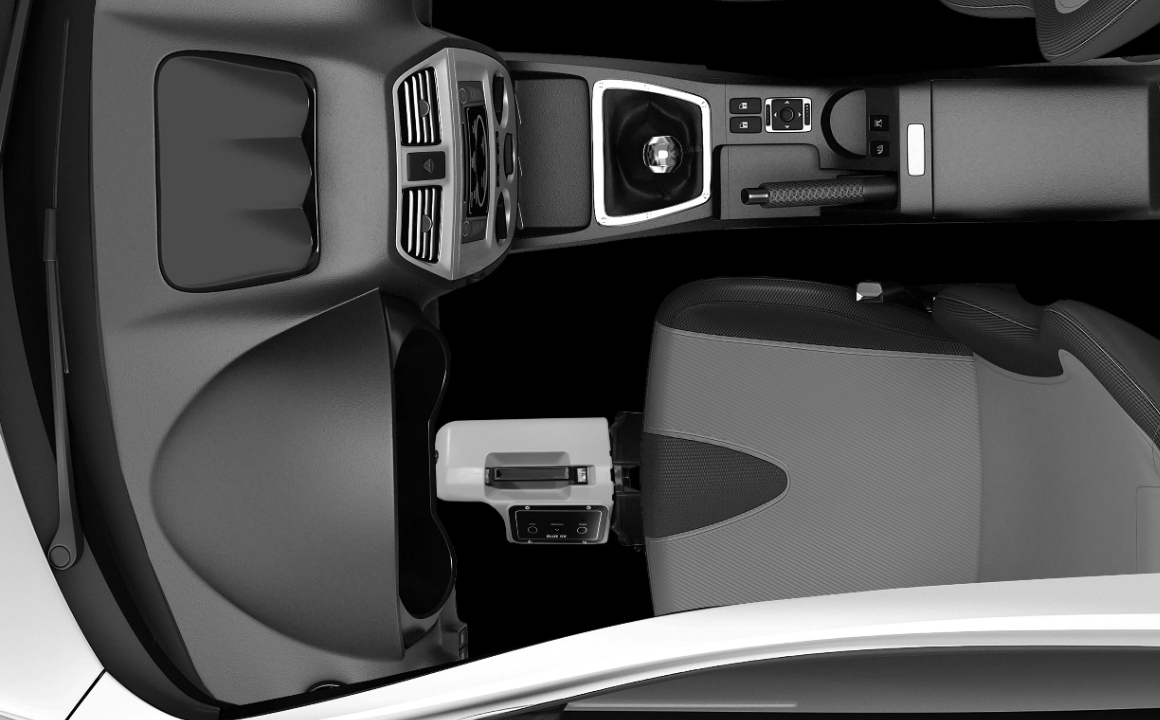Towing a trailer or hauling heavy loads can be an essential part of many outdoor activities, from camping trips to moving heavy equipment for work. However, one crucial aspect that often gets overlooked is the Gross Vehicle Weight Rating (GVWR). Understanding and respecting the GVWR set by your vehicle’s manufacturer is vital for ensuring safety on the road.
What is GVWR?
GVWR, or Gross Vehicle Weight Rating, is the maximum allowable weight of a vehicle when fully loaded, including the weight of the vehicle itself, passengers, cargo, and any attached trailers. This rating is determined by the vehicle manufacturer and is designed to ensure the vehicle operates safely under the intended load.
The Risks of Exceeding GVWR
Towing beyond the manufacturer GVWR can lead to several serious safety risks and mechanical issues. Here are some of the immediate risks:
Reduced Braking Efficiency
When you exceed the GVWR, your vehicle’s braking system may struggle to handle the extra weight. This can lead to longer stopping distances and increased chances of brake failure, especially during emergency stops. Inadequate braking performance significantly raises the risk of accidents.
Overstressed Suspension and Tires
The suspension system and tires are designed to support a specific maximum weight. Overloading can cause these components to wear out faster and potentially fail. This can result in a loss of control, tire blowouts, and decreased handling capability, making your vehicle more susceptible to accidents.
Transmission and Engine Strain
Towing more than the recommended weight can place excessive strain on your vehicle’s transmission and engine. This extra load can lead to overheating, increased wear and tear, and potential mechanical failure. Repairing or replacing these critical components can be costly and time-consuming.
Legal and Insurance Issues
Operating a vehicle beyond its GVWR may violate local traffic laws and regulations. In the event of an accident, if it’s determined that your vehicle was overloaded, you could face fines, and your insurance claim might be denied. Ensuring compliance with GVWR helps avoid legal complications and ensures insurance coverage remains valid.
How to Stay Within GVWR Limits
To avoid the dangers of towing over your vehicle’s GVWR, follow these essential tips:
Know Your Vehicle’s GVWR
Find your vehicle’s GVWR in the owner’s manual or on the manufacturer’s label, usually located on the driver’s side door jamb. This information is crucial for understanding the maximum weight your vehicle can safely handle.
Weigh Your Load
Before hitting the road, use a vehicle scale to weigh your loaded vehicle and trailer. Subtract the vehicle’s empty weight (curb weight) from the total weight to determine the weight of your cargo. Ensure this number is within the GVWR limits.
Distribute Weight Evenly
Properly distributing the weight of your load can help maintain vehicle stability and handling. Avoid placing too much weight on the rear or front of the trailer. Even weight distribution helps prevent swaying and ensures safer towing.
Use the Right Equipment
Invest in quality towing equipment, such as the Blue Ox SwayPro and TrackPro weight distribution hitches. These products help distribute weight evenly across your vehicle’s axles, improving stability and handling. Additionally, Blue Ox adjustable ball mounts and hitch accessories can provide the necessary support for various towing setups.
Preventative Measures for Safe Towing
To further enhance towing safety and avoid exceeding GVWR, consider these preventative measures:
Regular Maintenance
Keep your vehicle in optimal condition with regular maintenance. Check the suspension, tires, brakes, and engine to ensure they are ready to handle the towing demands. Regular maintenance can prevent unexpected failures on the road.
Plan Your Route
Choose routes that are suitable for towing, avoiding steep grades, sharp turns, and congested traffic whenever possible. Planning your route can reduce stress on your vehicle and make for a safer journey.
Understand Towing Capacity
In addition to knowing the GVWR, be aware of your vehicle’s towing capacity. This includes the maximum weight your vehicle can tow safely. Exceeding this limit can have similar consequences to overloading the GVWR.
Best Trucks for Towing
Choosing the right truck for towing is crucial for ensuring safety, reliability, and efficiency. Below is a list of some of the best trucks for towing, as highlighted in the article:
Light-Duty Trucks
- Ford F-150
- Towing Capacity: Up to 14,000 lbs
- Features: Advanced towing technology, powerful engine options, and a comfortable interior.
- Chevrolet Silverado 1500
- Towing Capacity: Up to 13,300 lbs
- Features: Durable construction, strong engine performance, and innovative trailering features.
- Ram 1500
- Towing Capacity: Up to 12,750 lbs
- Features: Smooth ride, efficient engine options, and user-friendly towing technology.
Heavy-Duty Trucks
- Ford Super Duty (F-250, F-350)
- Towing Capacity: Up to 37,000 lbs (F-450)
- Features: Best-in-class towing capacity, powerful diesel engine options, and advanced towing aids.
- Chevrolet Silverado HD (2500HD, 3500HD)
- Towing Capacity: Up to 36,000 lbs
- Features: Robust engine choices, strong towing capabilities, and innovative trailering technologies.
- Ram Heavy Duty (2500, 3500)
- Towing Capacity: Up to 37,100 lbs
- Features: Impressive towing power, comfortable ride, and advanced towing systems.
Mid-Size Trucks
- Toyota Tacoma
- Towing Capacity: Up to 6,800 lbs
- Features: Reliable performance, rugged design, and advanced safety features.
- Chevrolet Colorado
- Towing Capacity: Up to 7,700 lbs
- Features: Strong engine options, versatile bed configurations, and modern towing technologies.
- Ford Ranger
- Towing Capacity: Up to 7,500 lbs
- Features: Efficient engine, durable construction, and advanced driver-assistance systems.
Safety First
Towing within the manufacturer GVWR is not just about adhering to guidelines; it’s about ensuring the safety of everyone on the road. The risks of exceeding GVWR include reduced braking efficiency, overstressed suspension and tires, engine and transmission strain, and potential legal and insurance issues. By understanding your vehicle’s GVWR, weighing your load, distributing weight evenly, and using the right equipment, you can tow safely and confidently.
Ready to Tow Safely? Shop Blue Ox Products Today!
For the best in towing accessories and equipment, browse our selection of Blue Ox products. From weight distribution hitches like the SwayPro and TrackPro to adjustable ball mounts and flat towing accessories, we have everything you need to tow safely and efficiently. Visit our online store and make your purchase today to ensure a safe and secure towing experience!

